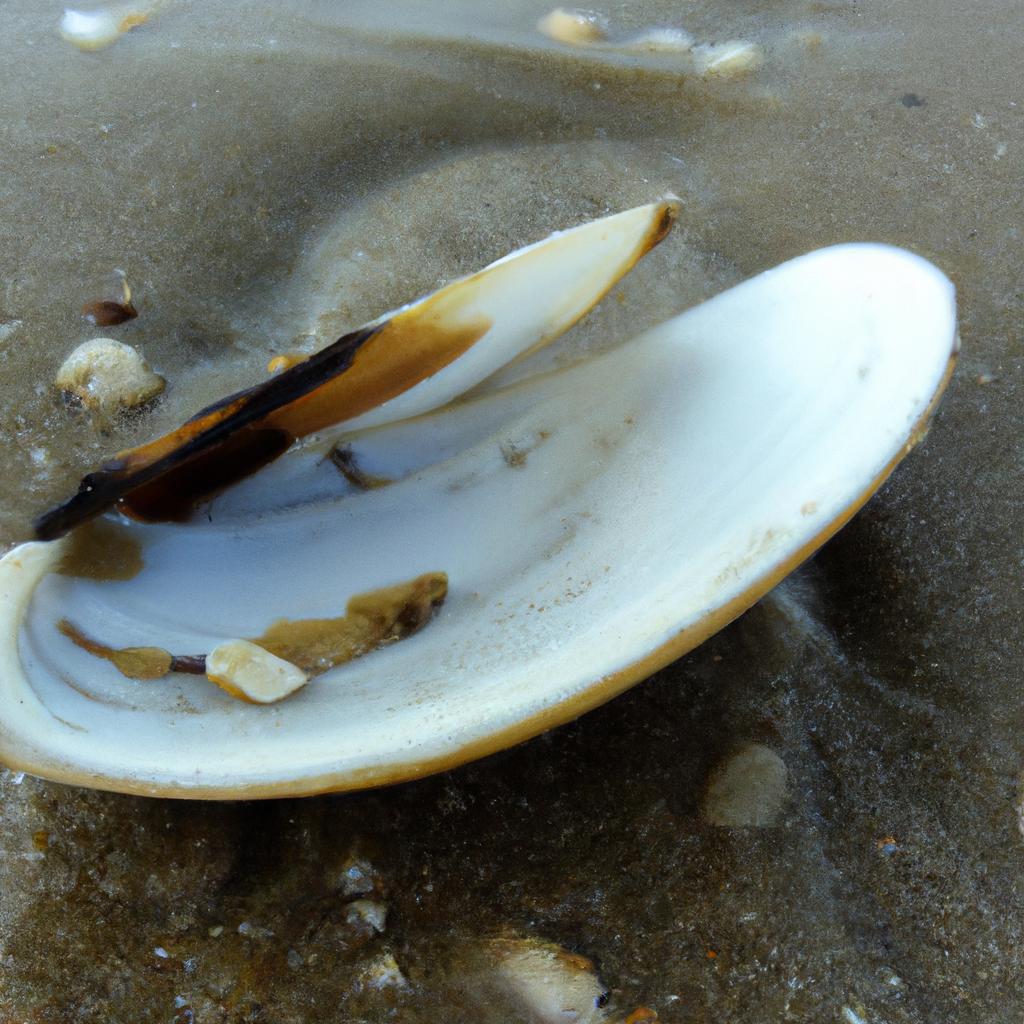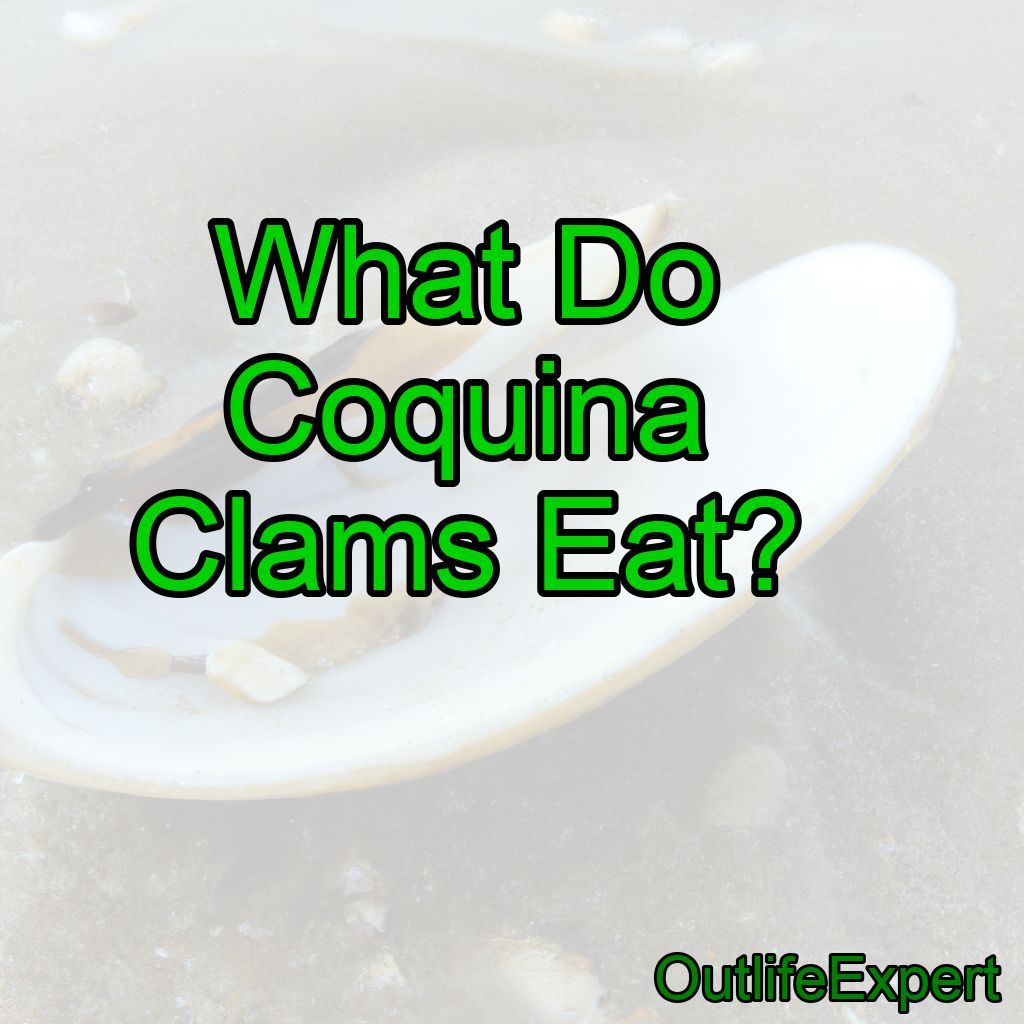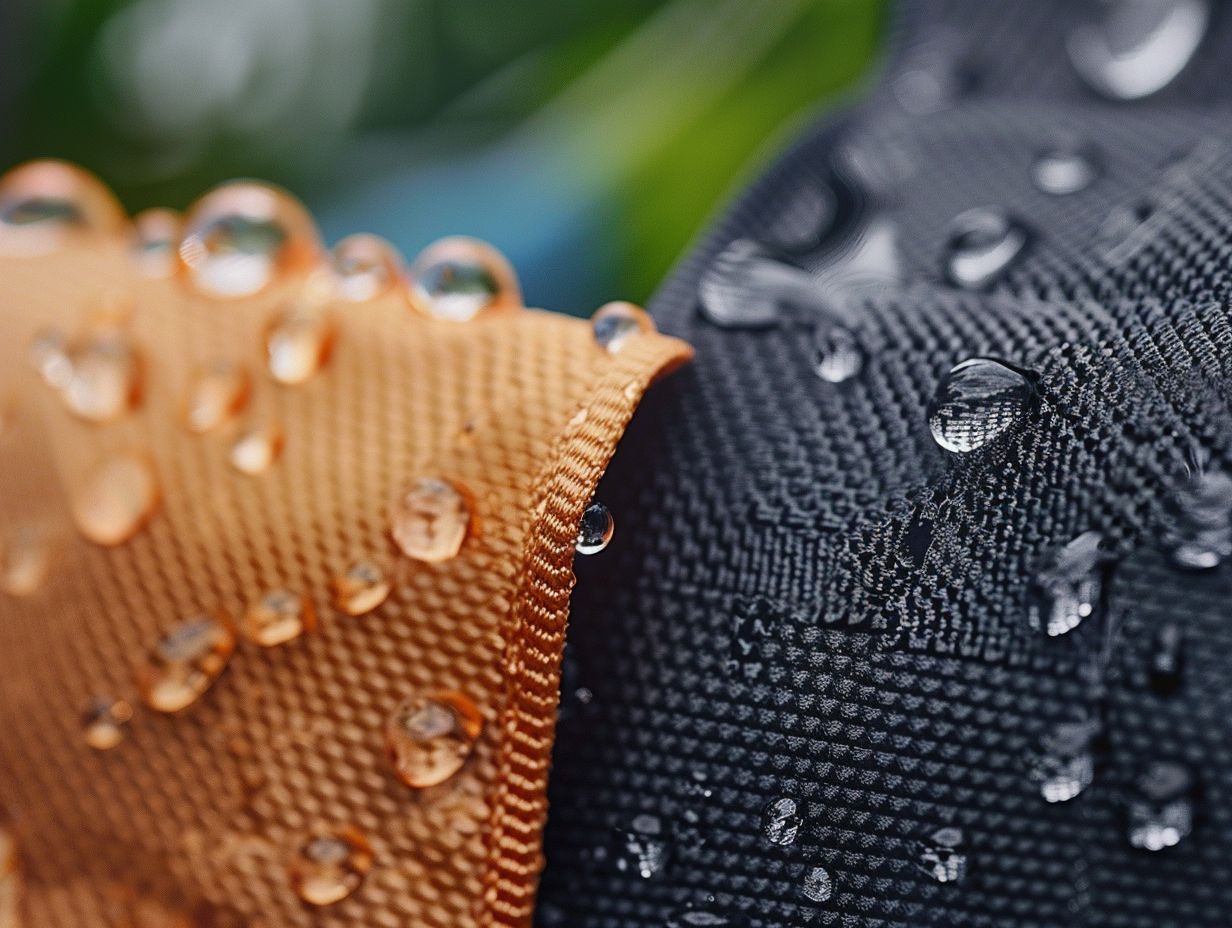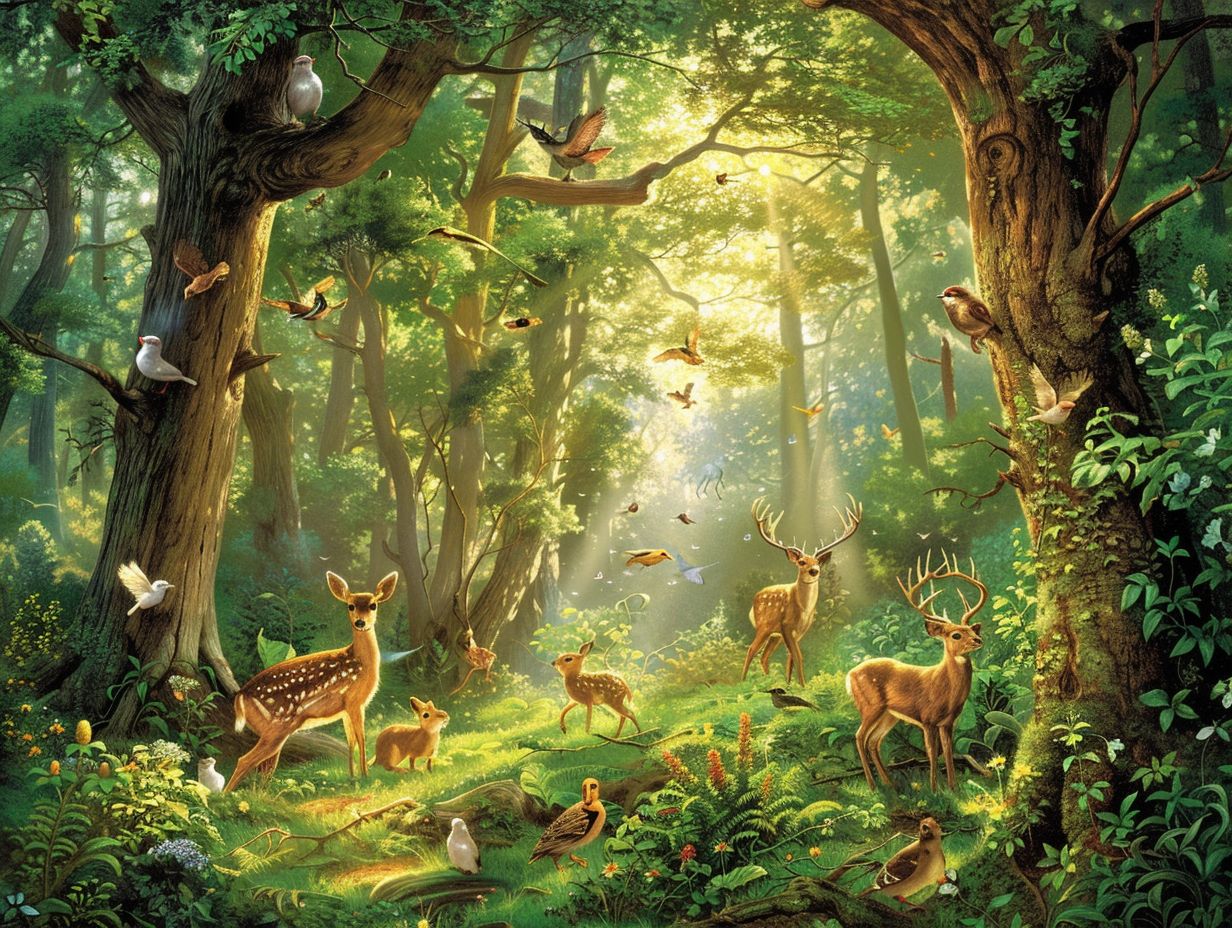Coquina clams are small, colorful bivalves that inhabit sandy beaches and shallow waters along the coastlines of the world. They are known for their ability to quickly burrow into the sand, retreating from predators, and their swift movement through the water. Coquina clams primarily feed on microscopic phytoplankton and organic detritus found in the water column. As a marine biologist, I have had the pleasure of studying these fascinating creatures and their feeding habits, and in this blog post, I will share my insights and knowledge on what coquina clams eat.
Phytoplankton: The Main Course for Coquina Clams
What are Phytoplankton?
Phytoplankton are microscopic, single-celled plants that drift in the ocean’s sunlit upper layers. They are the base of the marine food chain, converting sunlight into energy through photosynthesis and providing sustenance for countless marine organisms, including coquina clams. Phytoplankton come in many shapes and sizes, from tiny diatoms to larger dinoflagellates.
How do Coquina Clams Feed on Phytoplankton?
Coquina clams are filter feeders, meaning they feed by filtering particles from the water that flows through their bodies. They have a specialized feeding structure called a gill, which is lined with cilia – tiny hair-like structures that create a current to draw in water. As water is drawn through the gill, the phytoplankton and other small particles become trapped in a mucus layer that lines the gill. The cilia then transport the trapped particles to the clam’s mouth, where they are ingested and digested.
The Importance of Phytoplankton to the Marine Ecosystem
Phytoplankton play a crucial role in marine ecosystems, providing food for countless species and contributing to the global carbon cycle by sequestering carbon dioxide from the atmosphere and converting it into organic matter. Coquina clams, as filter feeders, help maintain the balance of nutrients in the water by consuming phytoplankton and recycling nutrients back into the environment through their waste.

Organic Detritus: The Secondary Source of Food
What is Organic Detritus?
Organic detritus is the collection of dead and decaying organic matter, such as plant material, animal remains, and fecal matter, that accumulates on the ocean floor. It serves as an important source of food and nutrients for many marine organisms, including coquina clams.
How do Coquina Clams Feed on Organic Detritus?
Similar to their feeding process for phytoplankton, coquina clams filter organic detritus from the water column. As they draw in water through their gill, they also capture small particles of detritus, which are then transported to the clam’s mouth for ingestion and digestion.
The Role of Organic Detritus in the Marine Ecosystem
Organic detritus plays a vital role in the marine ecosystem by providing a secondary food source for many organisms, including coquina clams. The breakdown of detritus by scavengers, decomposers, and detritivores helps recycle nutrients back into the ecosystem, supporting the growth of phytoplankton and other primary producers.
Coquina Clams in the Food Web
Predators of Coquina Clams
As small and relatively defenseless organisms, coquina clams are preyed upon by a variety of marine creatures, including fish, crabs, sea birds, and other invertebrates. Some of the most common predators of coquina clams are the moon snail, which drills a hole into the clam’s shell to consume the soft tissue inside, and the whelk, which uses its strong foot to pry open the clam’s shell.
The Role of Coquina Clams in the Marine Ecosystem
Coquina clams play an essential role in the marine ecosystem as both consumers and prey. As filter feeders, they help maintain the balance of nutrients in the water by consuming phytoplankton and organic detritus. They also provide an important food source for many predators, contributing to the overall health and diversity of the ecosystem.
Conclusion: What Do Coquina Clams Eat?
In conclusion, coquina clams primarily feed on microscopic phytoplankton and organic detritus found in the water column. These fascinating creatures play an important role in maintaining the balance of nutrients in the marine ecosystem and serve as a crucial food source for many predators. Here are ten facts about coquina clams and their feeding habits:
1. Coquina clams are filter feeders, filtering particles from the water that flows through their bodies.
2. Their primary food source is microscopic phytoplankton.
3. They also feed on organic detritus found in the water column.
4. Coquina clams have a specialized feeding structure called a gill, lined with cilia that help draw in water and trap particles.
5. The trapped particles are transported to the clam’s mouth, where they are ingested and digested.
6. Coquina clams are preyed upon by various marine creatures, including fish, crabs, sea birds, and other invertebrates.
7. They play an essential role in the marine ecosystem as both consumers and prey.
8. As filter feeders, they help maintain the balance of nutrients in the water.
9. By consuming phytoplankton and organic detritus, they recycle nutrients back into the environment.
10. Coquina clams contribute to the overall health and diversity of the marine ecosystem.
FAQs
Can you cook coquina?
Yes, coquina can be cooked. It is often boiled or steamed and served as a seafood delicacy. However, it is important to properly clean and prepare coquina before cooking to ensure its safety for consumption.
How do you clean coquina clams?
To clean coquina clams, first rinse them in cold water to remove any sand or debris. Then, soak them in saltwater for at least 30 minutes to help purge any sand or grit inside the clams. After soaking, rinse them again in cold water and they are ready to be cooked.
What do coquina clams taste like?
Coquina clams have a mild, sweet, and slightly briny flavor with a tender and chewy texture.
Can you eat coquina clams?
Yes, coquina clams can be eaten. However, they are typically very small and are often used for bait rather than for human consumption. If you do choose to eat coquina clams, make sure they are thoroughly cooked to avoid illness.
Do people eat coquina clams?
Yes, people do eat coquina clams, but they are typically not a popular food source due to their small size and relatively low meat content.
Can you keep a coquina clam as a pet?
No, it is not recommended to keep coquina clams as pets as they are not suitable for aquariums and require specific living conditions in their natural habitat. Additionally, it is illegal to harvest or possess coquina clams in some areas without a permit.





